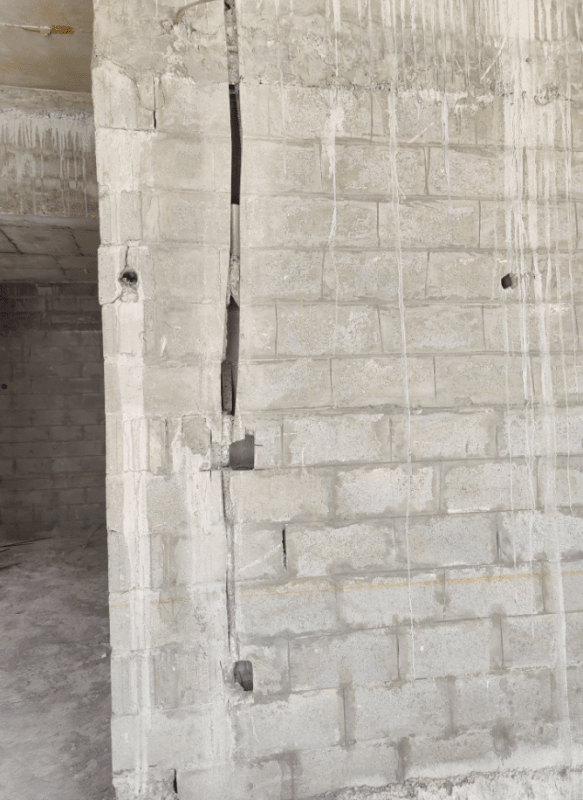Bamsi786
Structural
- Sep 22, 2020
- 31
thread507-474133
İ need some guidance about reinforced hollow blovk masonry, we are in a bit of a situation, my last thread was really helpful the people who replied there were really helpful, ill mention their names and ids, im facing a problem where the grouting in the reinforced cells were not done properly, and now im not sure what to do, locals are suggesting just to open the shell at the top, and center and pour concrete with smaller crush. Please i need help ¢
İ need some guidance about reinforced hollow blovk masonry, we are in a bit of a situation, my last thread was really helpful the people who replied there were really helpful, ill mention their names and ids, im facing a problem where the grouting in the reinforced cells were not done properly, and now im not sure what to do, locals are suggesting just to open the shell at the top, and center and pour concrete with smaller crush. Please i need help ¢

